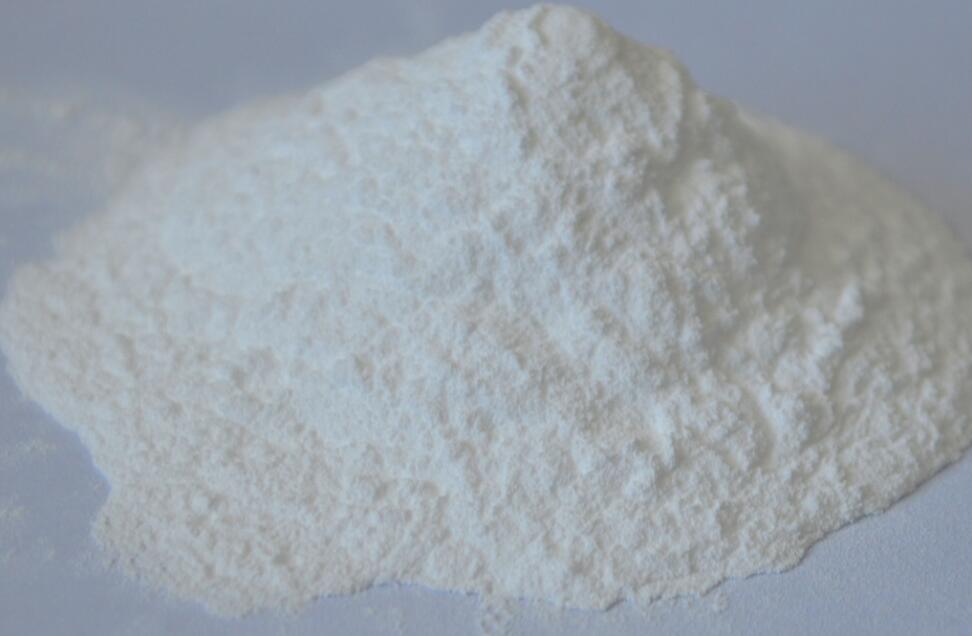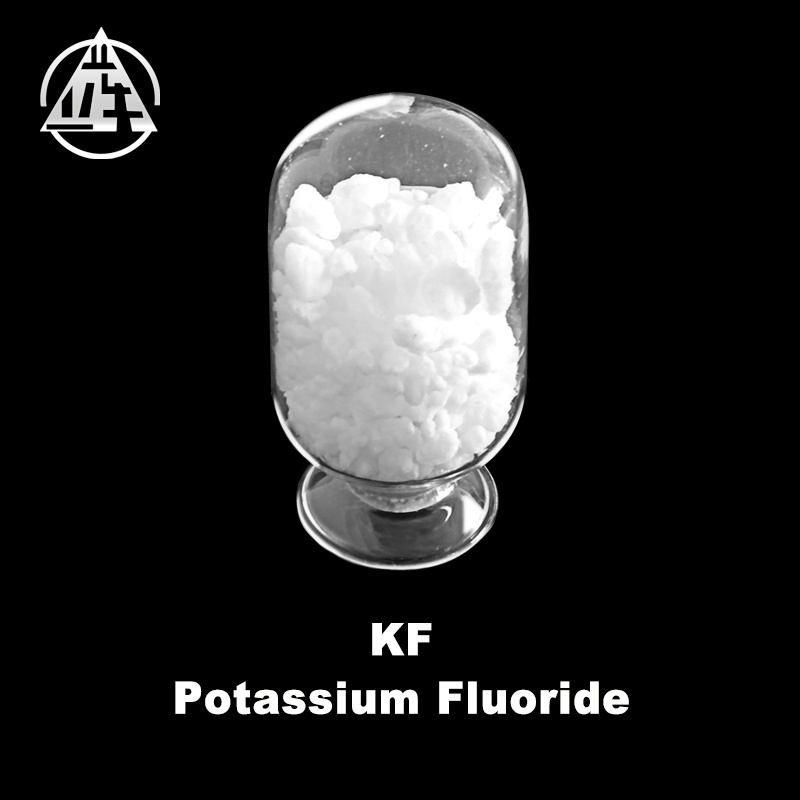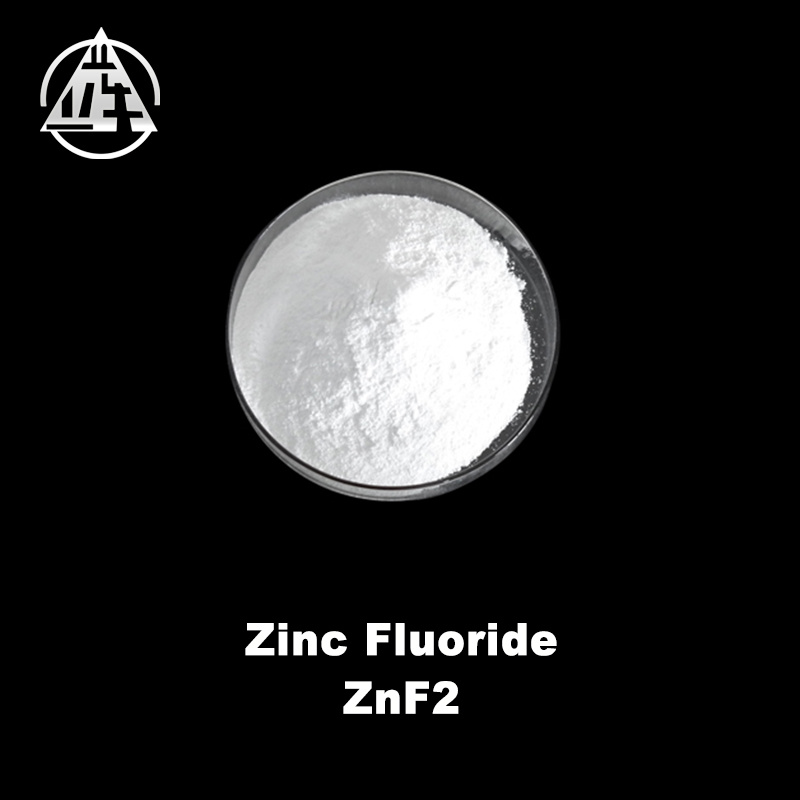Introduction to the substance of Silicon Dioxide SiO2
Release Time:
2022-05-07
Silicon Dioxide SiO2 has two forms, crystalline and amorphous. Silica that exists in nature, such as quartz and quartz sand, is collectively referred to as silica.
Silicon Dioxide SiO2 has two forms, crystalline and amorphous. Silica that exists in nature, such as quartz and quartz sand, is collectively referred to as silica. Pure quartz is a colorless crystal, the large and transparent prismatic quartz crystal is called crystal, the purple one containing trace impurities is called amethyst, and the light yellow, golden and brown is called smoky crystal. Chalcedony, agate, and jasper are all colored quartz crystals that contain impurities. Sand is fine grains of quartz mixed with impurities. Opal and diatomaceous earth are amorphous silica. Silica has a wide range of uses, mainly used to make glass, water glass, pottery, enamel, refractory materials, aerogel felt, ferrosilicon, molding sand, elemental silicon, cement, etc. In ancient times, silica was also used to make porcelain glaze and carcass. The general stone is mainly composed of Silicon Dioxide SiO2 and calcium carbonate.

The melting point of crystalline Silicon Dioxide SiO2 is 1723 ° C, the boiling point is 2230 ° C, and it is insoluble in water. Except for fluorine gas and hydrofluoric acid, silica does not react with halogens, hydrogen halides and inorganic acids, but is soluble in hot concentrated alkali, molten strong alkali or sodium carbonate. In addition, silica can be reduced by coke, magnesium, etc. at high temperature. At room temperature, the strong alkali solution and SiO2 will react slowly to form silicate, so the glass bottle for storing strong alkali solution cannot use a ground glass stopper (the glass contains SiO2), otherwise it will generate viscous sodium silicate Na2SiO3, which makes the bottle The stopper and the mouth of the bottle are glued together. Silicon Dioxide SiO2 can react with hydrofluoric acid, hydrofluoric acid cannot be stored in glass containers.



